Pet-friendly vines for deck pergola
Denverish Z6A
3 years ago
last modified: 3 years ago
Featured Answer
Sort by:Oldest
Comments (23)
Denverish Z6A
3 years agoRelated Discussions
It's not a cottage garden without_____ (revival of an old thread)
Comments (4)This was the thread that helped me put a name to the style of garden that I love best. I have been working towards the cottage style for many years and never get tired of the evolution of it. Loved reading them all again today. Cheryl...See Morean article I enjoyed and found inspiring
Comments (2)Gregory! What an absolutely beautiful article and all that you have done..I love teh pictures and that is exactly what I would do to my place if I bought a house down there. I have friends from Thailand that live in St Petersburg and all they do is spend all day in their gardens trying to gorw what they could over seas.. Splendid and I really appreciate you sharing this with us.. What a beautiful family you have too... Thank you Mike:-)))...See MoreDeck and stone retaining wall garden help
Comments (1)Hello, you might want to post this in the Landscape Design forum, I'm sure you'll get great advice from professionals....See MoreFence paint: dark green/black, white or leave it a hot mess?
Comments (10)Thanks Patricia Colwell. I'd actually love some trees and tall shrubs there as well. I'm starting with a couple of rose climbers, a passion flower (I know they're monsters), and another hummingbird flower whose name I don't remember. I'll have a look after a few months and see what wants to go in next. In general I'm going for creepers to create a green wall and block the gaps in the wood fence for privacy. If I had more space and a greater tolerance for maintenance I'd actually have gone for a hedge. Objective is to mask the mishmash fences, create the green wall and a sense of privacy and retreat. My neighbor's garage is exactly on our property line. She can't get to the wall in question or see it unless she's in my yard - it's part of my fence perimeter. Quirk from when these houses were built 90+ years ago. I've already offered to repair the wood siding on it since it's my view. I imagine she'll care only that the work is done well and keeps the wood in good shape. It's peeling paint right now. Neighbors on my block have really nice relationships. We work together, talk, listen, help each other. I'm blessed with immediate neighbors who tell me what they want, listen to what I'd like, and we all have healthy and friendly boundaries. Lovely people and I'm super lucky....See MoreDenverish Z6A
3 years agoDenverish Z6A
3 years agolast modified: 3 years agoDenverish Z6A
3 years agolast modified: 3 years agoDenverish Z6A
3 years agoDenverish Z6A
3 years agoDenverish Z6A
3 years agoJerry (Broomfield CO 5)
3 years agogjcore
3 years agoJerry (Broomfield CO 5)
3 years agoDenverish Z6A
3 years agoDenverish Z6A
3 years agotreebarb Z5 Denver
3 years agoJerry (Broomfield CO 5)
3 years agogardengal48 (PNW Z8/9)
3 years ago
Related Stories

LANDSCAPE DESIGNSee 5 Unexpected Ways to Use Vines
Vines can grow over slopes, trail off pergolas and add seasonal color to the garden
Full Story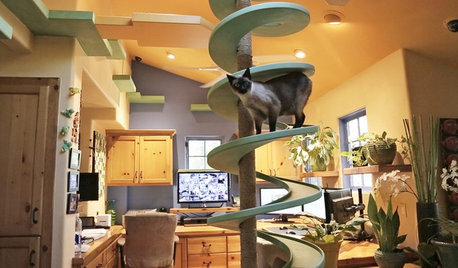
PETSWe Want to See the Most Creative Pet Spaces in the World
Houzz is seeking pet-friendly designs from around the globe. Get out your camera and post your photos now!
Full Story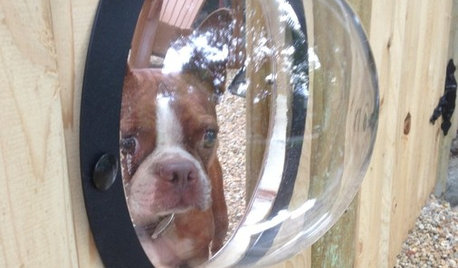
PETSHouzz Call: Show Us Your Pet Projects!
Bubble windows, fountains, doghouses, showers — what outdoor treats have you put together for your furry friends?
Full Story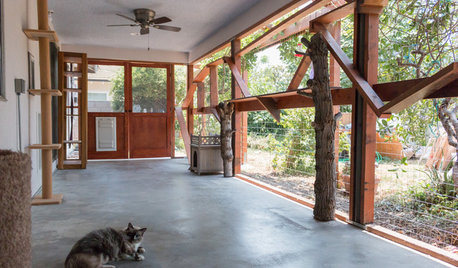
PETSLove Pets? Here’s What to Look for in a House
Make sure Buddy and Bella will have the safe and comfortable spaces they need
Full Story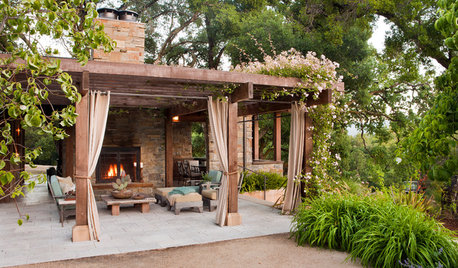
OUTDOOR PROJECTSWhat to Know About Adding a Pergola
Learn about design choices, material options and other considerations for adding a pergola or shade structure
Full Story
TRENDING NOW9 Ideas to Borrow From Popular Spring 2020 Decks and Patios
See the stylish details and clever design features that hooked Houzz readers on these inviting outdoor spaces
Full Story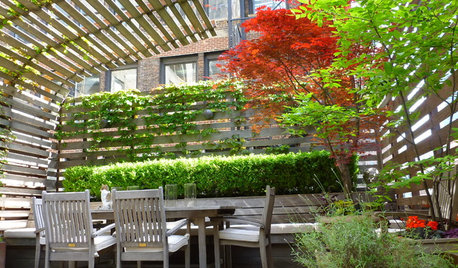
GARDENING AND LANDSCAPINGHouzz Call: Show Us Your Great Patio, Deck or Rooftop!
Give your patio a chance at the spotlight as we head outdoors for a new summer ideabook series
Full Story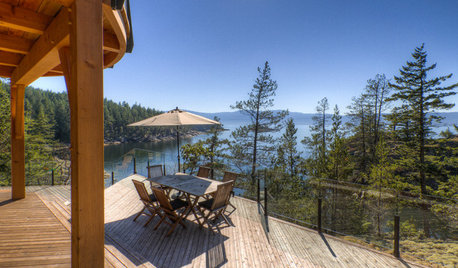
DECKSDecking Materials Beyond Basic Lumber
Learn about softwoods, tropical hardwoods, composites and more for decks, including pros, cons and costs
Full Story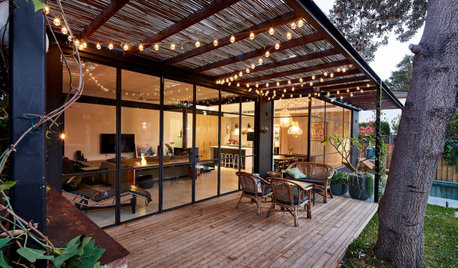
LANDSCAPE DESIGNWhich Pergola Is Right for You?
A covered pergola can increase the time you spend in your outdoor living space. Which covering should you choose?
Full Story
MOST POPULARWhat to Know About Adding a Deck
Want to increase your living space outside? Learn the requirements, costs and other considerations for building a deck
Full Story


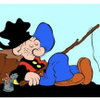

gardengal48 (PNW Z8/9)